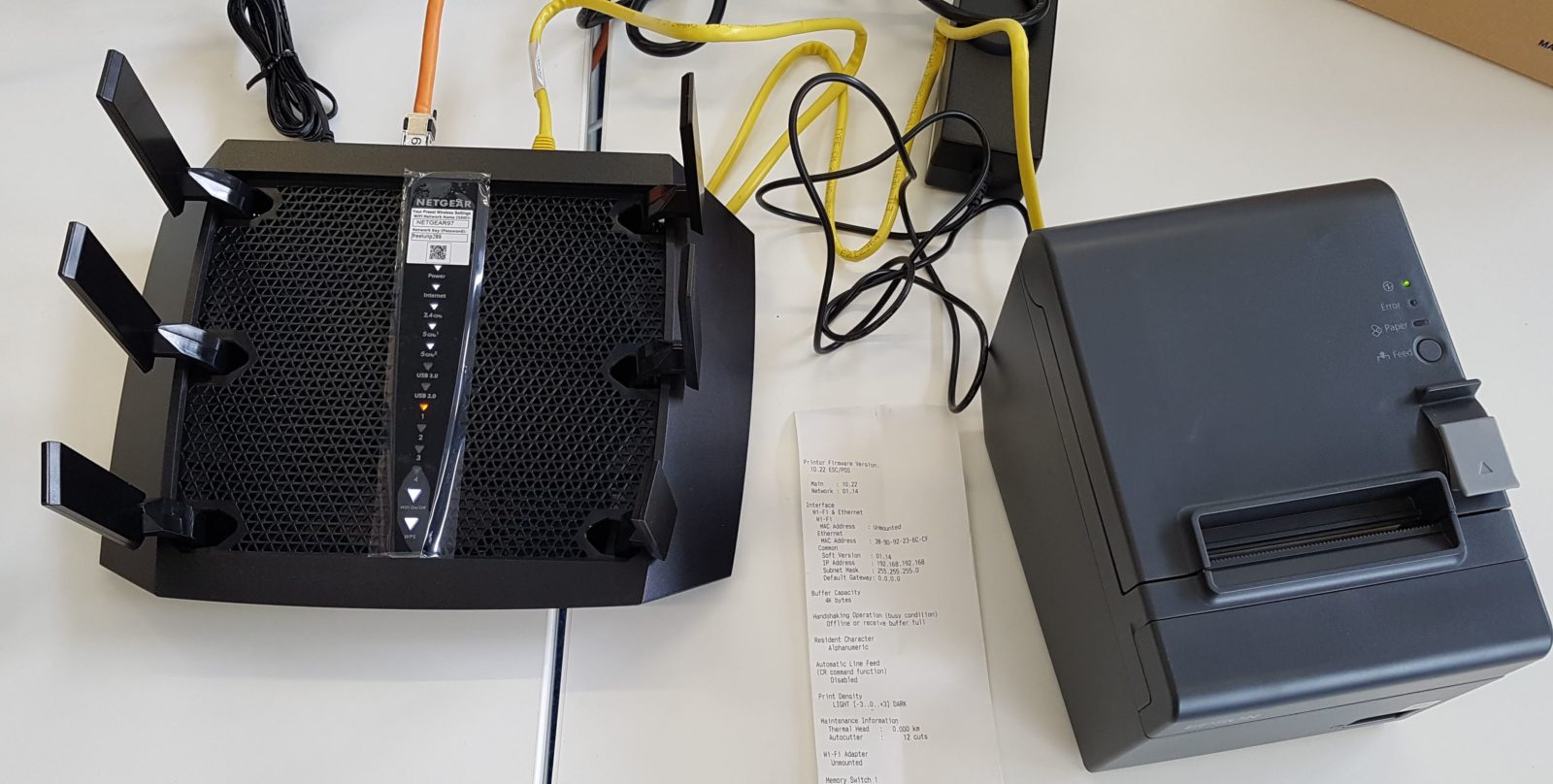The Of "Networking Made Easy with Python Scripting"

The Most Complete Run-Down with Python: A Step-by-Step Overview
Python has come to be one of the very most preferred system foreign languages, many thanks to its simplicity and versatility. It is a language that may be utilized in numerous areas, consisting of system design. With Python, you can easily automate recurring activities and create scripts that aid deal with network tools. In this article, we are going to assist you by means of the process of building a system script with Python.
Measure 1: Choose the Right Library
There are numerous public libraries in Python that allow you to communicate with system tools. The very most well-liked ones include Netmiko, Paramiko, and Nornir. Netmiko is a multi-vendor library that assists a variety of network devices such as Cisco IOS, Juniper Junos, Arista EOS, among others. Paramiko is an SSH library for Python that makes it possible for you to connect to distant tools tightly. Nornir is an additional library used for automating system activities along with Python.

In this tutorial, we will certainly utilize Netmiko since it provides extensive assistance for different providers' devices.
Measure 2: Put in Required Libraries
Before we proceed additionally, we require to set up the required collections using pip package manager. Open up your terminal or regulate cue and function the observing commands:
```
pip put in netmiko
pip put in getpass
```
The first command installs Netmiko while the second one puts in getpass library which aids us tightly urge customers for their qualifications.
Step 3: Connect to Network Device
In this action, we are going to utilize Netmiko public library to hook up to our tool through SSH. Develop a new python documents called "connect_device.py" and go into the following code:
```python
from netmiko bring in ConnectHandler
import getpass
# Punctual customer for device credentials
username = input("Enter your username: ")
password = getpass.getpass()
# Define unit information (switch out IP deal with with your tool's IP)
device =
' device_type':'cisco_ios',
' ip':'192.168.1.1',
' username':username,
' password':password
# Hook up to unit
relationship = ConnectHandler(**device)
```
The code above motivates the user for their username and password, determines gadget information, and attaches to the tool utilizing Netmiko's `ConnectHandler()` procedure.
Measure 4: Send Order
Once we have set up a link to our system device, we can easily send out order and fetch information from it.
```python
# Send show command to recover output
output = connection.send_command('show interfaces')
print(output)
```
The code above delivers a "program interfaces" command to the hooked up device and prints the outcome on the console.
Step 5: Disconnect from Device
After sending demand, it is necessary to detach from the system unit with dignity.
```python
# Disconnect from unit
connection.disconnect()
```
The `disconnect()` technique cancels our SSH session with the network unit.
Step 6: Develop Robust Scripts
Currently that you comprehend how to link and engage along with a single network device, you can easily automate recurring duties through developing scripts that take care of numerous tools at once.
For example, you can easily construct a manuscript that reviews a CSV data containing IP deals with of several units and connects to them in sequence while sending out particular demand like "series interfaces." The text would after that conserve all outcome record right into separate data for each corresponding IP deal with.
Here is an instance of such a manuscript:
```python
coming from netmiko import ConnectHandler
import csv
def get_device_data(device):
# Linktoeachspecificgadgetinsequence
relationship=ConnectHandler(**device)
# Send outprogram commandtoobtainoutputrecord
result=connection.send_command('showinterfaces')
# Saveresultdataintoseparatedocumentsfor eachcorrespondingIPhandle.
along withopen(f"device['ip'].txt","w")asf:
f.write(output)
# Disconnectcoming from tool
connection.disconnect()
if __call__ == '__main__':
along withopen('devices.csv','r')asdocuments :
viewers =csv.DictReader(file)
for row inreader:
get_device_data(row)
```
The script above goes through a CSV data called "devices.csv" having IP deals with and other unit information. It at that point repeats over each row, links to the tool, delivers the "series interfaces" order, and saves the result to a corresponding text message report.
Final thought
Python delivers network engineers with an reliable technique of automating network duties through building manuscripts that communicate along with system gadgets. With collections such as Netmiko, Paramiko, and Nornir, you can link from another location to numerous tools securely while sending commands and obtaining information. This write-up has given you along with a step-by-step resource on how to build system texts making use of Python.
